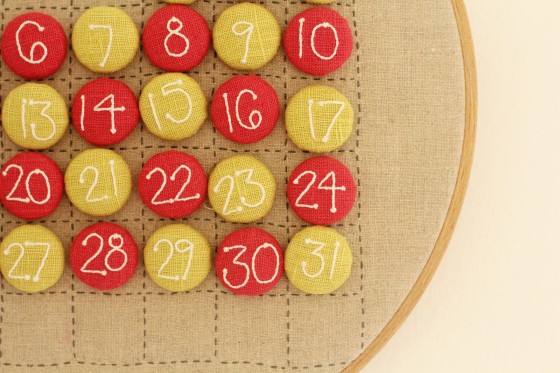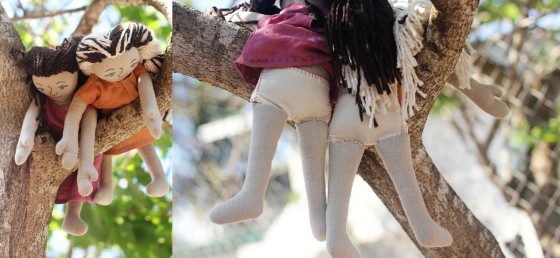(***I started writing this post a while back, but got caught up in a lot of other tasks, and never got back to it until now. Imagine this as being written before I moved to the island.)
In preparation for an anticipated change in location, I have been trying to whittle down the hoards of things I have amassed over the last seven years since I left my childhood home and entered the world of adulthood. Coupled with this sorting and decluttering was a small personal failure. Nothing earth-shattering: I worked on a piece, and entered it into a juried art exhibition, but I didn’t get in. Obvious truth: it is hard to face rejection. It is hard to put yourself on the line and then get shot down. And it doesn’t feel encouraging at the time. But, cliché as it sounds, rejection is helpful at times. If you decide to learn from it, that is.
The first semester after I got married, I took a ceramics class as part of the undergraduate studio art core. I loved that class; I loved the things that I made. I am not a sculptor, so I had no pressure, no expectations. So I just played around If I made something terrible, I could just take it as a lesson learned, and move on. This wasn’t my major, after all. The teacher completely supported this exploration. And she loved the stuff I made. In her eyes, I could do no wrong. Now, while this kind of freedom and encouragement is wonderful, it can also lead to a little bit of pride in the creator. Everything I did was great, deep, meaningful, avant-garde, and all the rest.
It was just at the point in my artistic development when I was beginning to explore abstraction. Now, abstract art does require talent, skill, inspiration. But abstract style is easy to fake. This makes it tempting to just throw something together and call it abstract art.
All these things can combine to lead to genius syndrome: the artist is paramount, her ideas are superb, and anything she says goes. Bottom line: not the best way to objectively look at and evaluate a piece of work. That was my problem.
“Whenever you feel an impulse to perpetrate a piece of exceptionally fine writing [or, in this case, art], obey it—whole-heartedly—and delete it before sending your manuscripts to press. Murder your darlings”. Sir Arthur Quiller-Couch.
I first heard this quote in a creative writing class, and it’s been lulling around in the back of my mind, surfacing now and then, ever since. As a creative person, I find that it’s the kind of thing that can haunt you. After all, you don’t really want to murder your darlings, do you? Maybe you don’t grow too attached to things. I do.
Anyways, back to my class. For the final project in my ceramics class, I did some big hollow organic shapes. At the time, I attached all sorts deep, important meaning to these pieces. I can’t quite recall all that fluff now. Really, they were just knobbly, awkward blobs. Big and moderately skillfully made, but blobs nonetheless. My teacher and classmates were impressed, and I therefore concluded that these pieces must be impressive. I was proud of my work, proud of how clever I was.
Fast forward 4 years, 3 moves later, and I still had these bulky blobs boxed up with newspaper and packing peanuts. When the possibility of moving now thousands of miles away presented itself, I decided it was time to make some deep cuts into the store of stuff we had accumulated over the years. Out came the three big boxes, unopened since they had been packed up 3 years previously. I tore into the boxes and freed them from their paper winding clothes. There they were. My darlings. The evidence of my genius. Somehow, I had remembered them much more excellent than they now appeared. (It didn’t help that some of the glaze had chipped off where I had applied it incorrectly.)






But even still, I was reluctant to let go of my darlings. Quite to opposite, in fact. I caressed their surfaces, remembering how I had labored over them for hours to beat them into those awkward shapes. I nestled them together, remembering how much everyone had liked them grouped together.
On a whim, I snatched my favorite (not pictured) from the midst of them, gussied it up a bit, and whisked it off to submit it to a juried art show. The rush of entering a show quickly waned, however, and by the time I got home from submitting my piece, I knew I had made a mistake. I had not looked at that piece objectively. Even after four years, the accolades from my teacher and peers in that little beginning ceramics classroom still rung in my ears, and drowned out my soft inner voice that was whispering, “you know, this isn’t really that great, after all.” It only took a week to get the official rejection from the show.
About a year ago I read a blog post about someone burning one of her quilt tops because it didn’t turn out the way she had hoped it would. I had wondered what it would feel like to destroy your creations in such a violent manner. So I did it. I murdered my darlings.





Reader, it felt good. Besides the obvious cathartic release that comes from smashing large things, I was finally able to understand what it was about these pieces that had been holding me back, and that I was still experiencing with my work now.
Here’s what I learned:
- Look at your work objectively. Ask yourself these questions:
♦ What are its merits?
♦ Is it skillfully done?
♦ Is the idea behind it fully developed, or is your idea still vague in your mind or in your work?
♦ Are there things about it that are less than excellent?
♦ Would you call this your best work? If not, what needs to change?
- Take a step back from your work, literally and figuratively. Seeing your work from a distance will help you see it more clearly, and giving yourself some time away from your work will help you reevaluate how things are going.
- Don’t let your objective eye be blinded by praise, no matter where it comes from.
- Don’t get so caught up in the genius or cleverness of your idea that your execution of the idea suffers.
- It’s your brain child, not your actual child. Don’t make your work so precious that you can’t bear to ax it if it just isn’t working out.
All of this may seem pretty obvious to you. You probably all learned these lessons long ago. And that’s fine. Good for you. I wrote this post for me. And it wasn’t easy. But now that it’s done, I feel a lot better, as if this learning experience I started so long ago is now finally sorted and solidified in my mind.
Thanks for listening. I’d love to hear your thoughts.

































































































 Repeat 41 times, and you’re done. Now go enjoy your finished work.
Repeat 41 times, and you’re done. Now go enjoy your finished work.
























